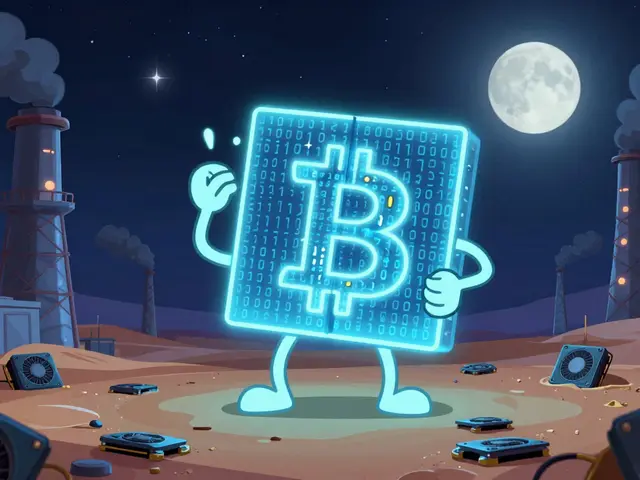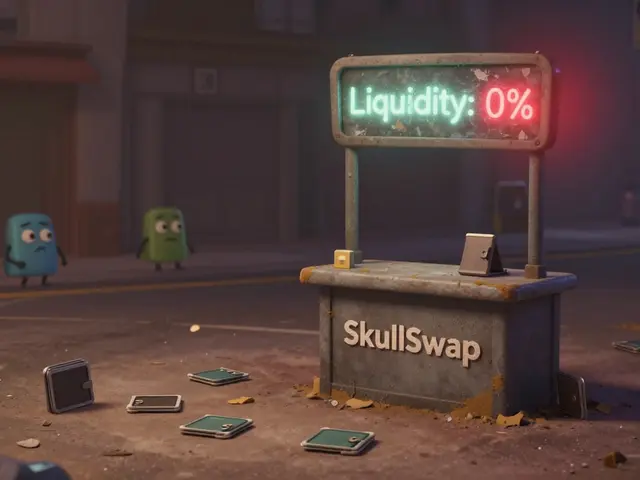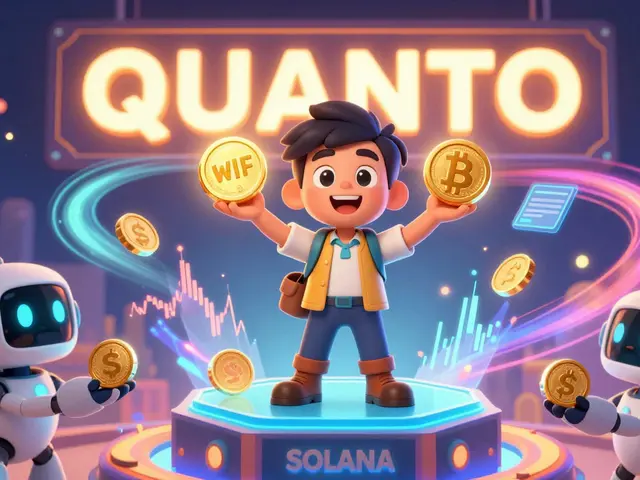MoveApp (MOVE) is a move-to-earn crypto token that promised to reward fitness with cryptocurrency. As of 2025, it's nearly worthless, with almost no trading volume, no working app, and zero community support.
Cryptocurrency
When navigating Cryptocurrency, a digital asset that uses cryptography to secure transactions and control the creation of new units. Also known as digital currency, it runs on decentralized networks called blockchains, which record every transfer in a public ledger., you quickly see three core ideas at play: token economics, security protocols, and regulatory frameworks. cryptocurrency encompasses tokenomics – the rules that define supply, distribution, and utility – and it demands vigilant security because hacks, especially on centralized exchanges, can wipe out holdings in minutes. Regulation influences market behavior, shaping everything from exchange fees to tax reporting obligations.
One of the biggest practical concerns today is the risk tied to Centralized Exchange, a platform that holds user funds in its own wallets and matches trades internally. These exchanges offer convenience but also introduce custodial risk: if the platform is breached or mismanaged, users lose control of their assets. Security lapses, hack histories, and operational failures are recurring themes across the crypto world, and understanding them helps you decide whether to keep funds in self‑custody or rely on an exchange’s insurance policies.
Beyond Trading: NFTs, Airdrops, and Tax Rules
Another fast‑growing segment is NFT, a unique token that represents ownership of a specific digital item on the blockchain. NFTs are reshaping the creator economy, enabling artists and influencers to monetize directly through token‑gated communities and royalty streams. Coupled with that, Airdrop, a distribution method where free tokens are sent to eligible wallets to boost network adoption has become a common way to reward early supporters and spark buzz around new projects. Both NFTs and airdrops require clear eligibility criteria and safe claim procedures, which our guides walk you through step by step.
Taxation adds a layer of complexity that can’t be ignored. In jurisdictions like India and the UAE, Crypto Taxation, the legal framework that defines how digital asset gains are reported and taxed varies widely, from 30 % capital gains rates to completely tax‑free environments. Knowing your local rules, filing deadlines, and the tools that simplify reporting is essential for staying compliant and avoiding costly penalties.
All of these pieces – exchange security, NFT innovation, airdrop mechanics, and tax compliance – intersect to shape the daily decisions of crypto participants. Below you’ll find a curated collection of articles that dive deeper into each area, from how to spot a risky centralized exchange token to step‑by‑step guides for launching your own social token. Whether you’re a trader, creator, or regulator‑watcher, the content that follows is designed to give you actionable insight and help you move forward with confidence.

What is MoveApp (MOVE) crypto coin? The truth about the move-to-earn token

KuangEX Crypto Exchange Review: What You Need to Know Before Trading
KuangEX is a low-fee crypto exchange with 1,200+ coins and up to 100x leverage, ideal for experienced traders. No fiat on-ramp, no U.S. support, but strong security and altcoin access.
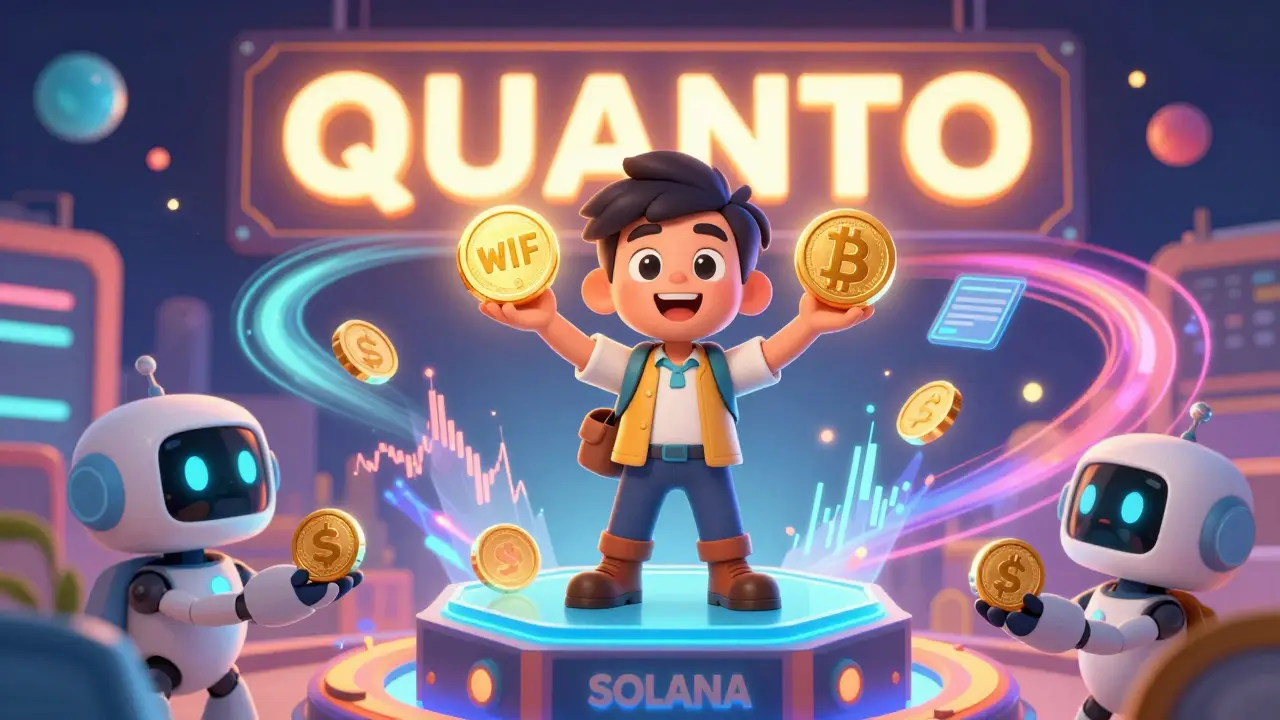
Quanto Crypto Exchange Review: Is This Solana-Based DEX Worth Trying in 2025?
Quanto is a Solana-based DEX that lets you trade perpetual contracts using any crypto token as collateral - no stablecoin conversion needed. Learn how it works, its risks, fees, and who it's best for in 2025.

Evolution of Consensus Algorithms in Blockchain: From PoW to Modern Hybrid Systems
From Bitcoin's energy-heavy Proof of Work to Ethereum's green Proof of Stake and fast hybrid systems, consensus algorithms have evolved to balance security, speed, and sustainability. Learn how each works-and which one fits modern blockchain needs.

PolkaWar (PWAR) Airdrop Details: What Happened and Where It Stands in 2025
The PolkaWar (PWAR) CoinMarketCap airdrop ended years ago. Today, the token is worth less than 1% of its peak. Learn what went wrong and why holding PWAR now is a high-risk gamble with no upside.

SkullSwap Crypto Exchange Review: Is This Fantom DEX Worth Using in 2025?
SkullSwap is a Fantom-based DEX with zero liquidity, no audits, and almost no users. Despite bold claims, it's effectively dead in 2025. Skip it and use SpookySwap or Uniswap instead.
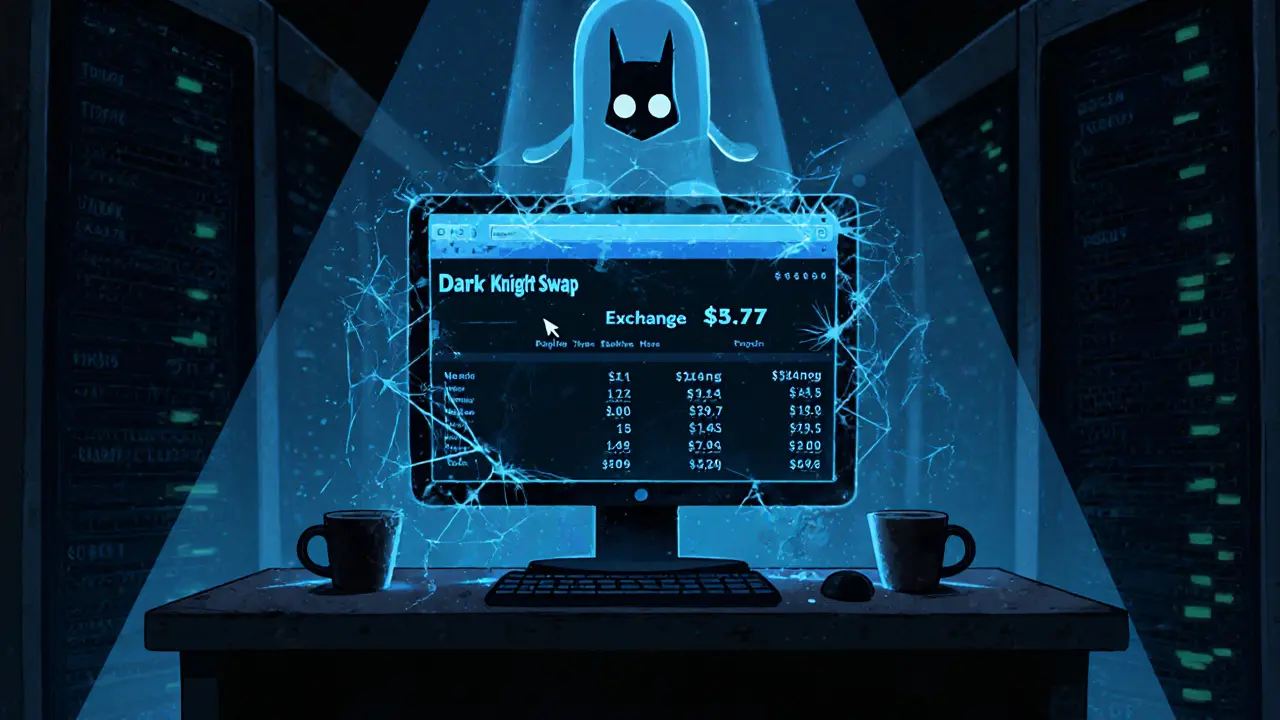
Dark Knight Swap Crypto Exchange Review: A High-Risk, Low-Liquidity Platform to Avoid
Dark Knight Swap is a crypto exchange with $36.77 daily volume, zero liquidity, and no security. Avoid it - it's not a legitimate platform, but a high-risk project with no users or future.

What is Lista DAO (LISTA) Crypto Coin? A Simple Breakdown of Its Features and Why It Matters
Lista DAO (LISTA) is a DeFi protocol on BNB Chain that lets you stake BNB, borrow lisUSD stablecoins, and vote on protocol changes-all in one place. Learn how it works, who it's for, and what risks to watch.

Bit Hotel (BTH) Airdrop Campaign Details: How to Claim BTH Tokens in 2025
Learn how to claim free BTH tokens from Bit Hotel's 2025 airdrops on CoinMarketCap and MEXC. Discover how to use BTH in the retro NFT metaverse and why trading volume is $0.

Understanding Provenance in NFT Collections: How Blockchain Verifies Digital Ownership
NFT provenance is the unchangeable ownership history recorded on blockchain, proving authenticity and value. Learn how minting, smart contracts, and platforms like Ethereum and Solana make digital ownership transparent and secure.

Understanding Wrapped Bitcoin (WBTC): How It Bridges Bitcoin and DeFi
Wrapped Bitcoin (WBTC) lets you use Bitcoin in Ethereum DeFi apps while keeping your BTC. It's backed 1:1, but requires trust in custodians. Learn how it works, who uses it, and whether it's right for you.
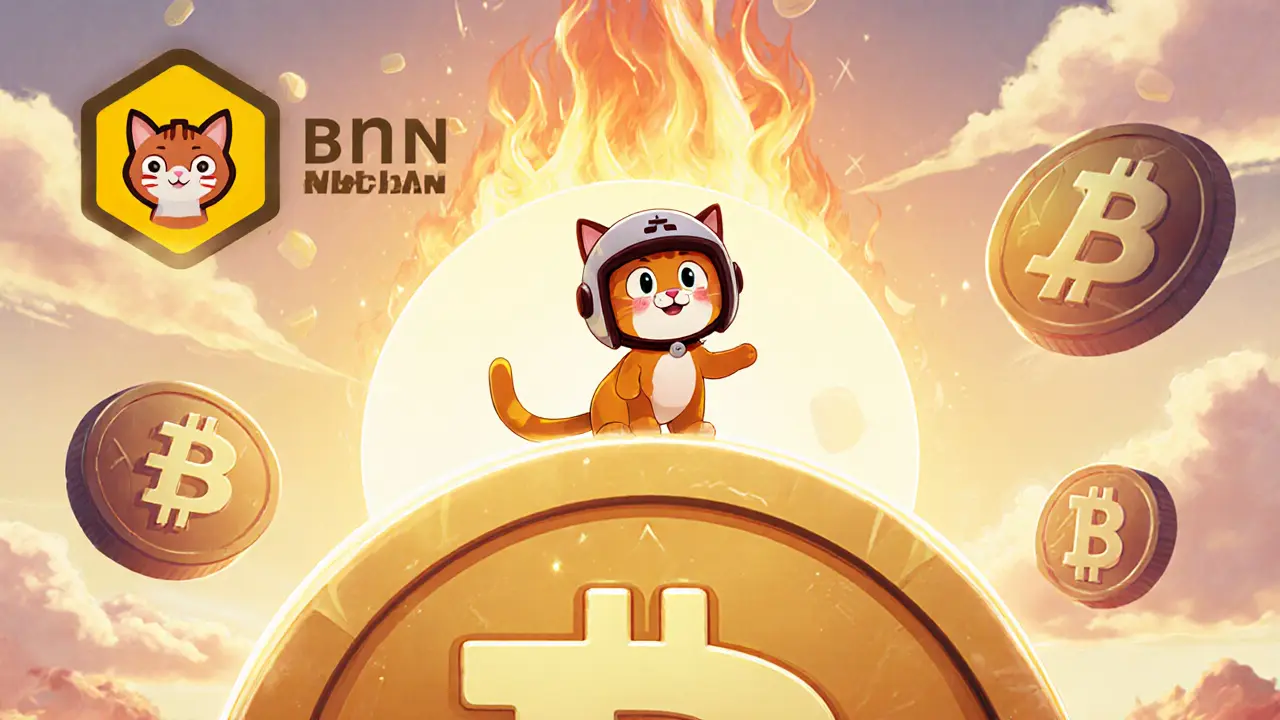
What is CateCoin (CATE) Crypto Coin? A Real Breakdown of the Cat-Themed Meme Token
CateCoin (CATE) is a cat-themed memecoin launched in 2021 on BNB Chain with 40 trillion tokens burned. It offers a bet2win game and NFTs but remains highly volatile and unproven. Is it a fun gamble or a risky dead end?
